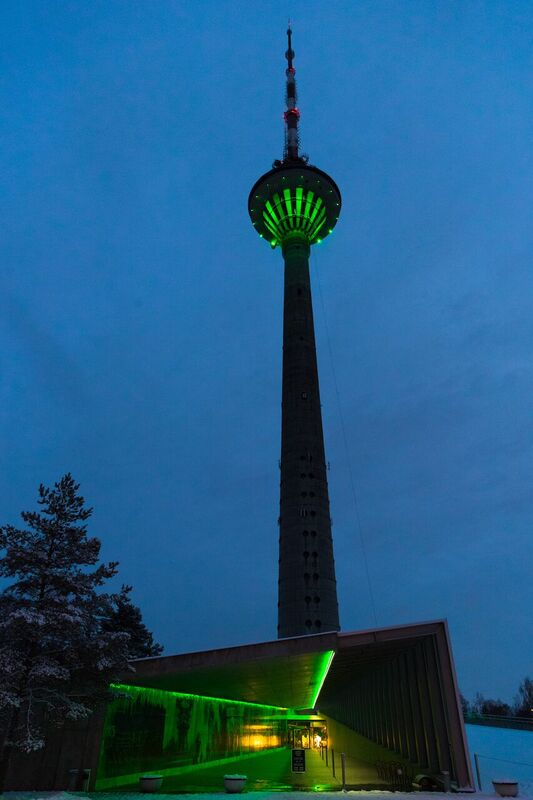Paris Agreement entered into force, it is time to act
Paris Agreement entered into force, it is time to act
Today, the international Paris Agreement enters into force.It is the first multilateral and binding agreement for controlling dangerous climate change. To mark the entry into force, the Tallinn TV Towerwill be lit up green.
“It is great that the entry into force of the Paris Agreement was achieved so quickly but it is clear that the entry into force alone is not enough, actions are needed as well. People’s contribution to climate change is remarkable and increasing in time as a result of the constantly growing population and consumption. All of us – enterprises, as well as regular people–must change our attitudes and switch to environmentally friendlier economic and behavioural models,”said Marko Pomerants, Minister of the Environment.
The long-term objective of Estonia is to switch over to a low carbon emission economy, which means targeted stage-by-stage restructuring of the economic and energy systems to make them more resource-efficient, productive, and environmentally friendly. This entails changes in energy production, transport, forestry, and agriculture, as well as in the everyday habits of people.
By 2050, Estonia is aiming to decrease greenhouse gas emissions by nearly 80% compared to the level of 1990. Estimations show that this goal can be reached and if the policies are implemented, then by 2050, greenhouse gas emissions will have decreasedthe most in the energy sector and industry, followed by transport, by 67% and 52%, respectively.
“Transition to a new way of thinking does not have to be easybut in the end, everyone will benefit. The environment will be cleaner and people thereby healthier;resources will be used more sensibly and new solutions will be making people’s lives more convenient. The inhabitants of planet Earthneed to realise that resources are limited and the current lifestyle of wasteful spending must end,”Pomerants explained.
Pursuant to the Paris Agreement, countries must begin limiting the amounts of greenhouse gases generated by them. 195 countries agreed on doing so. For the agreement to enter into force, it had to be ratified by at least 55 countries, the total greenhouse gas emissions of which amount to at least 55%. These conditions were met on 5 October 2016 and the agreement will enter into force today, on 4 November 2016. The Paris Agreement will be implementedas of2020. Today, the agreement has been ratified by 94 countries out of 197;Estonia ratified the agreement on 31 October.
At the beginning of October, the agreement was also ratified by the European Union, which enables the European Union to take part in the first assembly of the participants of the Paris Agreement at the United NationsClimate Change Conference in Marrakech beginning next week. The greenhouse gas emissions of European Union member states form 12.28% of global emissions. The greenhouse gas emissions of Estonia constitute 0.06% of global emissions.

Foto: Rene Suurkaev
The Paris Agreement concluded last December in Paris with the participation of 195 countries is the first multilateral agreement dealing with climate change, which concerns the greenhouse gas emissions of almost the entire world (incl. China, the United States, Russia). The main objective of the agreement is to keep the rise of the average global temperature considerably lower than 2°C in the longer perspective (compared to the pre-industrial revolution era) and thereby control dangerous climate changes. Among other things, the Paris Agreement sets binding target levels and a reporting system for decreasing greenhouse gas emissions, establishes a dynamic mechanism for the assessment and increase of the undertaken obligations in time, funding activities related to climate change, and a long-term adjustment plan related to climate change.
